What was the most important car in Rolls-Royce history? It’s the original 1907 Silver Ghost, the 40/50HP model that put the fledgling company on the map after a series of record-smashing reliability runs that firmly established the company as the makers of ‘the best car in the world.’ And no, I’m not suggesting that as a future classic because there’s only one and when it was recently sold it was for a figure that would make most telephone numbers blanch.
The next most important Rolls-Royce was the 2003 Phantom, because unlike any previous car since the Silver Ghost, the future of the company depended upon it. Remember the context: Rolls-Royce had been run into the ground by its parent company Vickers, who found it altogether easier to sell Bentleys instead. So much so that in 2002, the year before the Phantom launched, fewer than 40 Rolls-Royce were sold in the UK while, globally, Bentley was outselling its stablemate by ten to one. The brand was almost moribund.

But by then Rolls-Royce had not been bought by BMW, for ownership of the Rolls-Royce name resides then and now with the aero-engine company, but what it had bought were the rights to call a car a Rolls-Royce. And BMW had one shot at it.
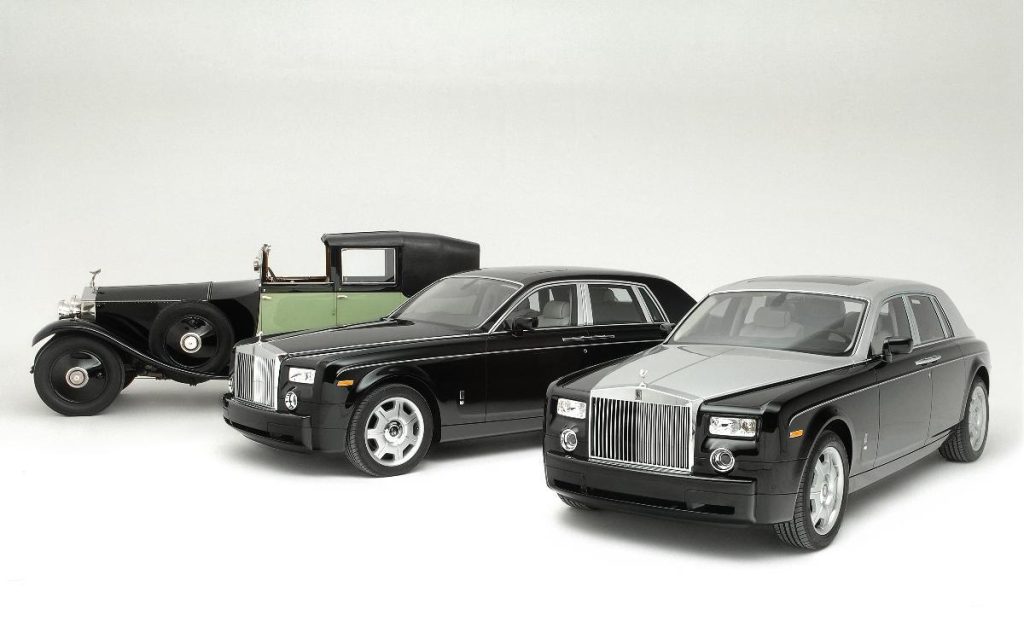
What we feared was a stretched, rebodied 7-series with a Pantheon grille that wasn’t fooling anyone. BMW’s record of other brand stewardship was patchy at best: Mini was doing well, but it had already flogged off Land Rover to Ford and the bare remains of Rover and MG to the infamous ‘Phoenix Four’ where, as far as Rover was concerned, the company reached end of the road.
What we got was a Rolls-Royce. Not just a Rolls-Royce, but the finest luxury car of its era. Yes it had been engineered in Munich and was powered by a BMW V12 engine and was shipped over from Germany only in need of final assembly, but it was a bespoke car, sitting on a bespoke all-aluminium chassis and with the important bits – the wood, leather, the craftsmanship, all done at the spanking new factory at Goodwood.
I can remember flying to California to drive it – where else – and while there were still some elements I didn’t care for, such as the BMW sat nav, what really mattered was the ride and the refinement, because to me these are the twin pillars of true luxury. And in both regards it was impeccable.
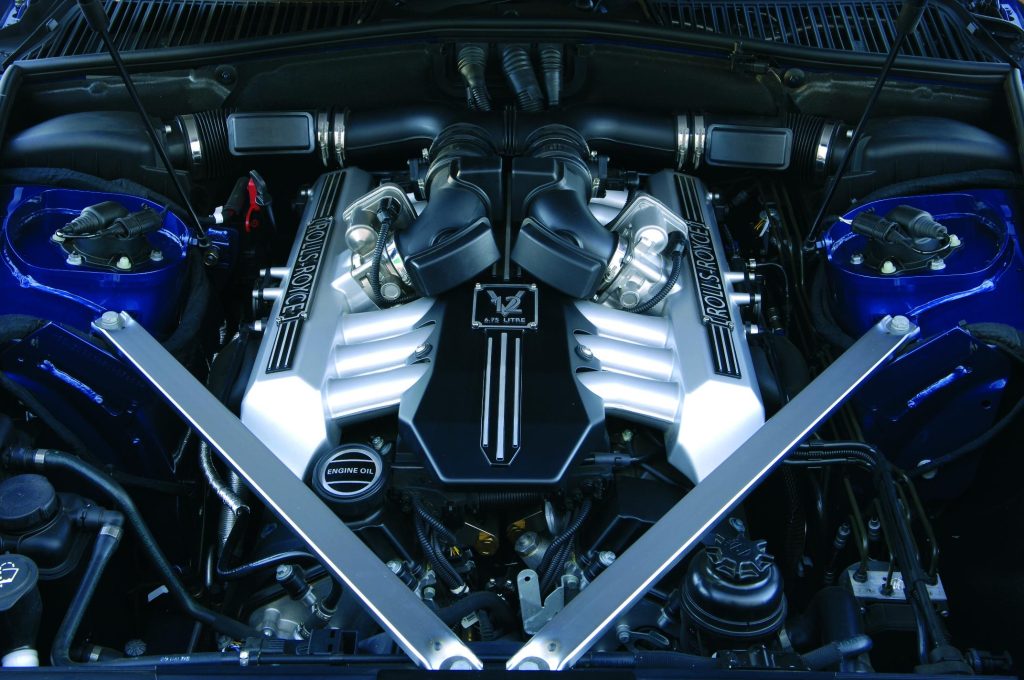
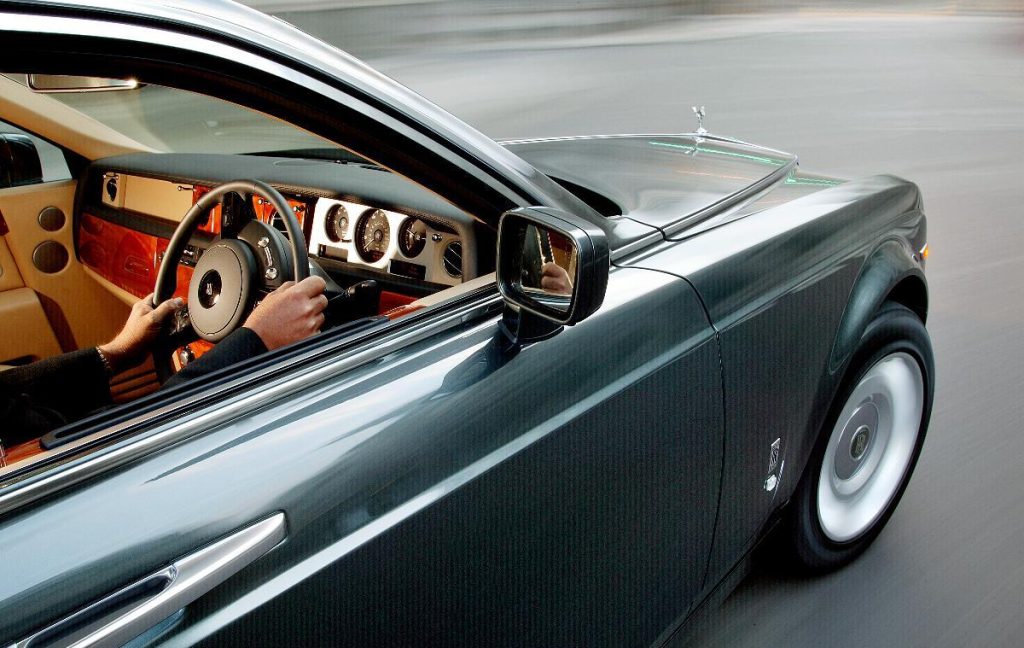
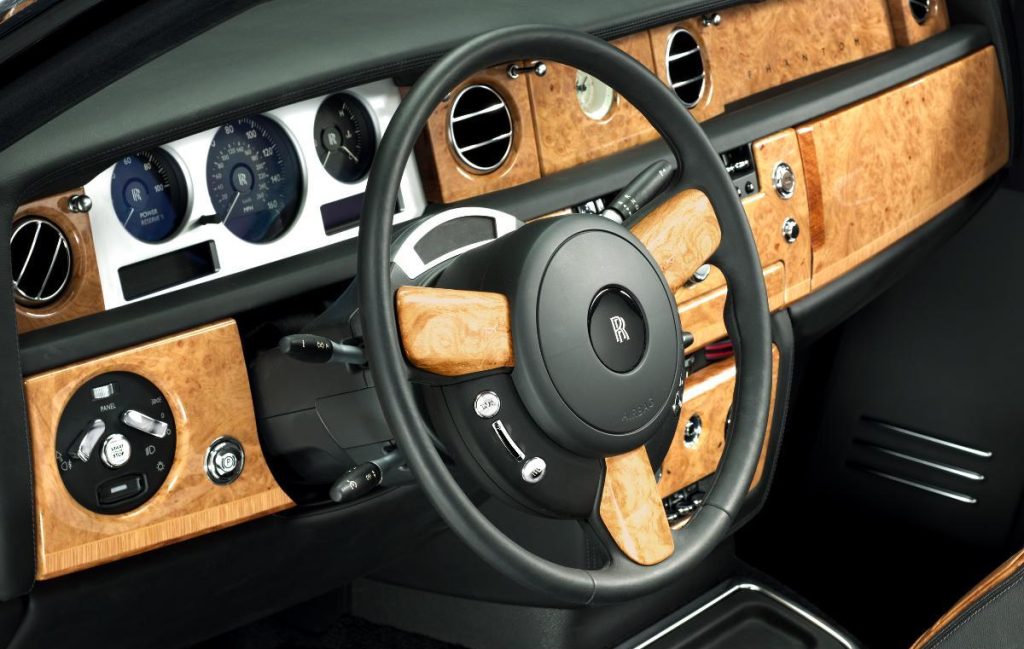
But it went far further than that. The fact those enormous rear suicide doors opened to almost head height meant you could almost just walk into it. And once ensconced you wanted to remove your shoes so your toes could disappear into those lambswool rugs. Nor was there any pretension of sportiness. No new money ‘Sport’ button, no arriviste rev-counter, just a speedo and a ‘power reserve’ gauge. And I loved the fact the RR roundels in the wheel centres had always stayed upright. Bentley had tried that for the Continental GT that came out at the same time, but couldn’t make a reliable system.
Best of all, it just felt different, different not just to a BMW or a Bentley, but to any car in the world. It was the kind of car I like most of all, and it applies equally well to a Fiat Panda or Ferrari F40: it was a car that knew what it was for, did that and didn’t bother with anything else.
They were of course incredibly expensive and remain so to run today. But to buy? Not so much. Clean, if somewhat leggy examples cost around £75,000, and if that sounds a lot, it’s about what you pay for a mid-size electric Mercedes SUV these days. And Phantoms, perhaps unlike mid-size electric SUVs, are wonderful.
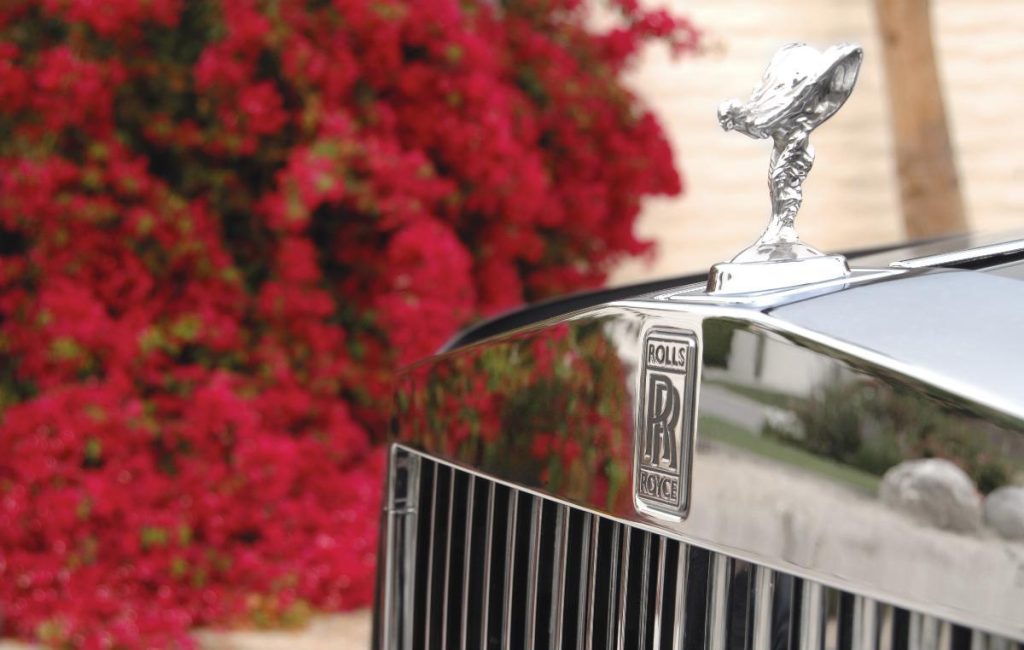
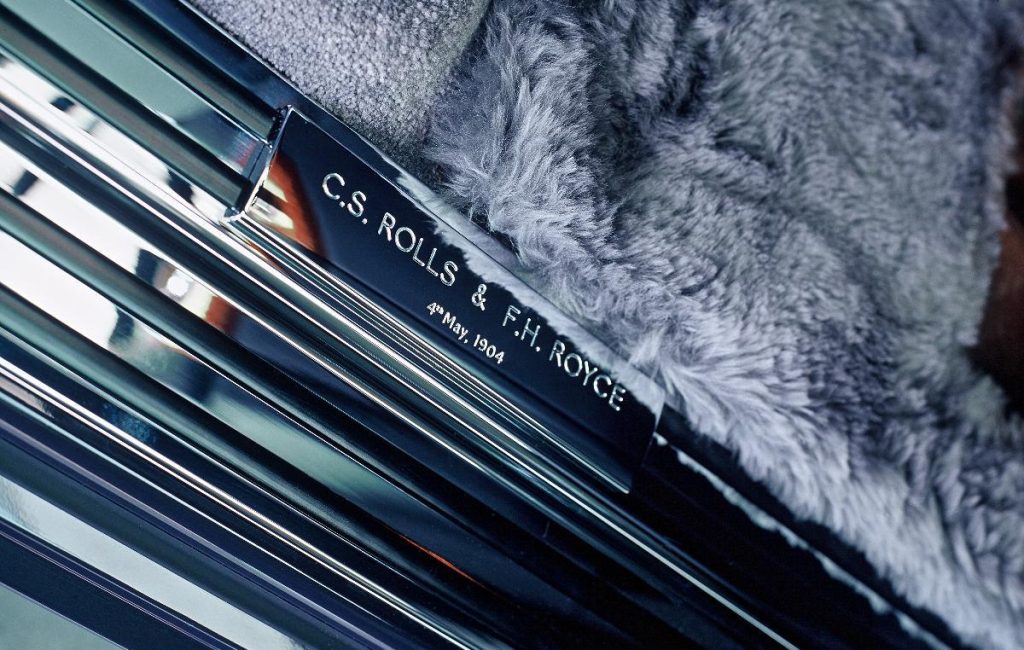
I know two people who have them, both are predictably quite comfortably off, they do not know each other but say exactly the same thing. Which is that they feel uneasy about the ostentatious wealth statement made by the car everywhere it goes but that they would not be without it.
Interestingly too, both are drivers and have no interest in being chauffeured around in it. And here is perhaps the least known fact about the Phantom: they are fabulous to drive. Not wonderful in the way a Ferrari is when it threatens to pull your spine through the back of your seat when it accelerates, or some bewinged McLaren that’ll ripple your cheeks with all the g-force it can generate in the corners, but still fabulous.
Because they got everything right with this car. The thinness of the steering wheel, the font on the dials, the feel of every control and that view down the bonnet to Charles Sykes’ sculpture of Eleanor Velasco Thornton. It’s not just a Rolls-Royce, it’s one of the best Rolls-Royces, and the most important of all. Bar one.
Read more
‘The Beast’: John Dodd and his magnificent non-flying machine
Rolls-Royce Spectre makes a silent statement
Oasis’ Rolls-Royce: D’you know where it is?
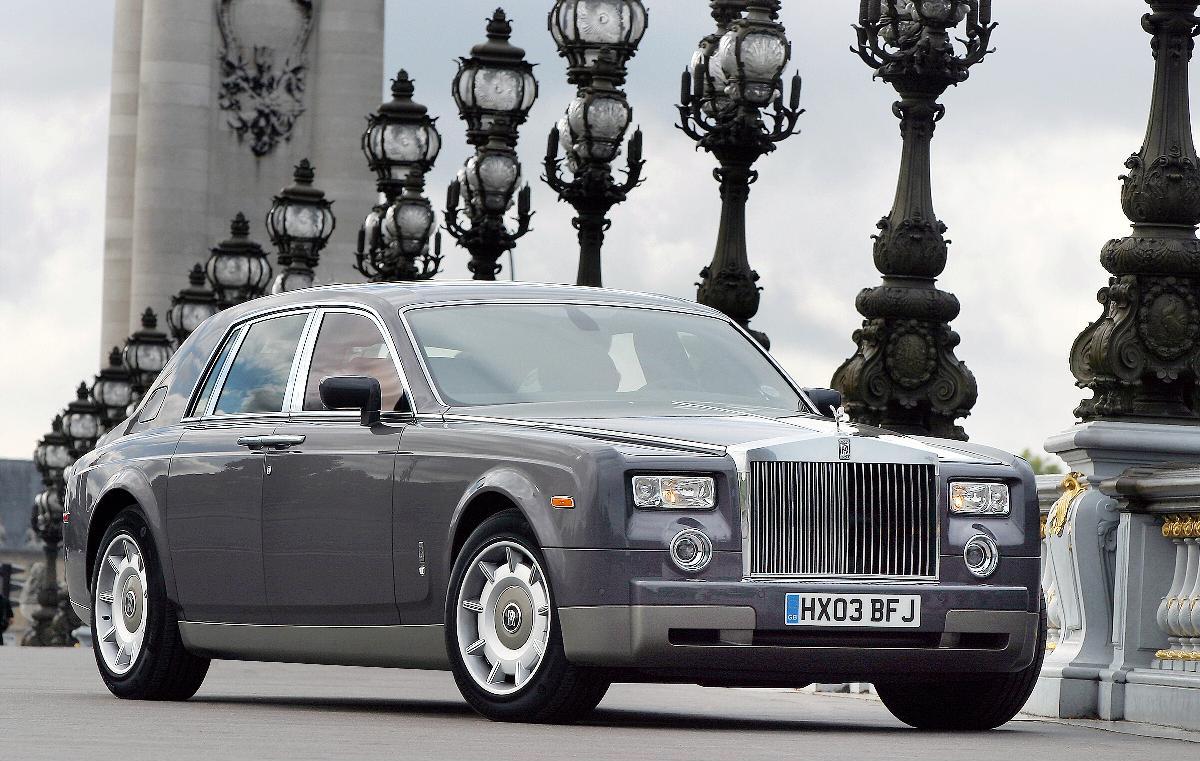








They really are great to drive and when you’re behind the wheel they don’t feel their size, although their width is always worth thinking about. The camera-assisted parking system is the best I’ve ever used…can literally park one in a space not much longer than the car. And did I mention the wacky solar system inspired roof lighting?